By A.O. Scott
IN any given year, if you see enough movies — out of habit, ardor or obligation — you will start to notice patterns and clusters. By December the temptation will be nearly overwhelming to generalize from this data, to turn coincidences into trends and trends into matters of world-historical significance. The ad hoc, arbitrary, week-in-week-out sampling of stories and pictures must add up to something, right? Otherwise why bother?
One reason you do bother, of course, is precisely to find experiences that defy expectations and break patterns: movies that challenge your assumptions or alter your habits of perception. How often does that happen? Just enough. (At the end of this article you’ll find 30 examples — 10 best and 20 runners-up — selected from more than 600 movies reviewed in The New York Times in 2010.)
The ritual of year-end list making is a way of sifting through scattered, memorable moments and forcing them briefly into focus. A handful of movies from 2010 will still be interesting in the future, in which case the date of their first appearance will be little more than the answer to a trivia question. Was it a good year for movies? A great year? Hard to say, and finally, who cares? The movies — good and bad alike — shed a blinking, blurry light on the times, illuminating our collective fears, fantasies and failures of will. An attempt at synthesis can only fail, so in lieu of a comprehensive theory of Cinema Now, I offer a handful of postulates on the Cinematic State of Things. I trust they will stimulate sober discussion and principled argument as well as outright ridicule.
1. We are all figments of Leonardo DiCaprio’s imagination. Or Natalie Portman’s. Or Mark Zuckerberg’s. Or Banksy’s. The lines between reality and appearance, reason and madness, truth and fiction have always been blurry, but this was an especially fertile year for dreams, hoaxes and puzzles, many of them playing with fundamental questions of identity. Was Mr. DiCaprio, in “Shutter Island,” a duly appointed federal marshal or loony-bin resident? Awake or asleep in “Inception?” Was “Exit Through the Gift Shop” an elaborate conceptual-art prank by Banksy or an exposé of art-world fraud? And what about “Catfish”? Do our real selves live on Facebook? Or just our real friends?
2. It’s all mom’s fault. 2010 was a very good year for female directors, and for actresses, but also a bad year for mothers. In the maternal monster category — surely Mo’Nique, who broke the mold in “Precious,” should present this award — Melissa Leo from “The Fighter” and Barbara Hershey in “Black Swan” will face stiff competition from the cartoon villainess Mother Gothel (Donna Murphy) in “Tangled” and Jacki Weaver’s criminal matriarch in the Australian film “Animal Kingdom.”
3. But mom is miserable. There was plenty of maternal suffering to counteract such demonization. Rodrigo García’s “Mother and Child” was about nothing else, with Annette Bening, Kerry Washington and Naomi Watts acting out a braided melodrama of longing and loss. But no one suffered as grandly as Tilda Swinton in the operatic “I Am Love,” or as pathetically as Paprika Steen in the unsparing “Applause.”
4. Still, the kids are all right. The daughters in particular. It was a year of brave, tough, adventurous and sometimes reckless girls and young women, including the fearless Rapunzel in “Tangled,” who was also a pretty good singer (thanks to the voice of Mandy Moore and the songs of Alan Menken), and both Fanning sisters: Dakota in Floria Sigismondi’s underrated “Runaways,” and Elle in Sofia Coppola’s haunting, clear-sighted “Somewhere.” Not to mention Jennifer Lawrence’s fearless Ozark teenager in “Winter’s Bone,” Hailee Steinfeld’s plucky Old West avenger in “True Grit” and Chloë Grace Moretz’s lonely vampire in “Let Me In.” Perhaps the bravest of all was the sullen, chain-smoking Lisbeth Salander, incarnated (in the Swedish film versions of Stieg Larsson’s best sellers) by Noomi Rapace.
5. And the kids grow up. Not just Harry Potter. Yes, the general wallowing in male arrested development continued, with the usual comic suspects (Adam Sandler, Will Ferrell, Zach Galifianakis) appearing in the usual puerile comedies (one of them called “Grown Ups”). But at least two films — “Somewhere” and “Greenberg” — took a tough-love attitude toward their immature male protagonists, reckoning the emotional costs of delayed maturity and extended adolescence. (The same might be said of “The Social Network.”) And the experience of sending a child off to college, hardly a common theme in movies before now, seems to have become a touchstone. Or at least an official three-film, cross-genre trend, thanks to “Toy Story 3,” “The Kids Are All Right” and “The Kids Grow Up”: a cartoon, a comedy and a documentary. (Meanwhile the drift and ambivalence of the mid- and post-collegiate young was minutely captured in “The Exploding Girl” and “Tiny Furniture.”)
6. Superheroes take a break. Yes, there was “Iron Man 2,” but even that offered a respite from the glowering, pretentious action allegories that have dominated screens for most of the past decade. The battle between good and evil rages on in some quarters, but mostly in self-conscious, self-parodic form. In the strangely similar animated kiddie comedies “Despicable Me” and “Megamind” the heroes and villains are self-conscious role players, and the villains are actually nice as well as more interesting than their occasional square-jawed nemeses. This may reflect genre exhaustion (though another round of superhero blockbusters is already on the horizon), or a measure of real-world cynicism. The investigative documentaries that proliferated this year (“Inside Job,” “Client 9,” “Casino Jack and “The United States of Money”) suggest that corruption and criminality exist virtually beyond the reach of justice.
7. The Bush era is not over. “Green Zone,” “Fair Game,” “Casino Jack” (both the documentary version and the Kevin Spacey comeback vehicle), “Inside Job,” “Client 9,” “The Ghost Writer.” So many scores left to settle.
8. But can’t the ’90s come back, or the ’80s, or some era more appealing than the one we’re in? “Love and Other Drugs,” “Greenberg,” “Hot Tub Time Machine,” “The Runaways,” “Howl,” any music documentary you can name.
9. Only a great director can make a great movie, but a good actor can make a bad or mediocre or not-quite-great movie much better. For instance: Helen Mirren in “The Tempest,” Ms. Mirren in “RED,” Paul Giamatti in “Barney’s Version,” Mr. Spacey in “Casino Jack,” Anne Hathaway and Jake Gyllenhaal in “Love and Other Drugs,” Javier Bardem in “Biutiful,” everyone in “True Grit,” Vanessa Redgrave in “Letters to Juliet,” Liam Neeson in anything he was in, Rachel McAdams in “Morning Glory,” Anthony Mackie in “Night Catches Us.”
10. The discussion of movies is frequently more interesting than the movies themselves. It was more fun to read the impassioned, geeky arguments about “Inception” than to endure a second viewing of that film. Early arguments about the accuracy of “The Social Network” and whether that even mattered gave way to a series of reviews, essays and debates about Facebook, digital entrepreneurship, friendship, business, meritocracy and the Ivy League far richer and more relevant to contemporary life than Aaron Sorkin’s glib script or David Fincher’s elegant atmospherics. And as intellectually lazy and emotionally manipulative as it was, Davis Guggenheim’s “Waiting for Superman” nonetheless focused serious polemical attention on the problems facing American education.
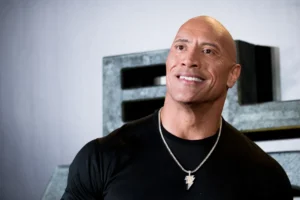
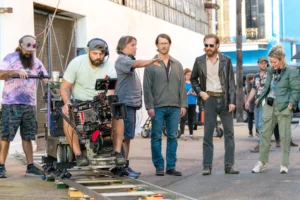
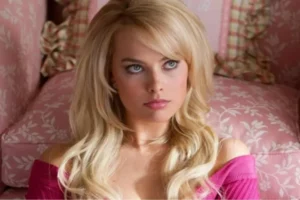
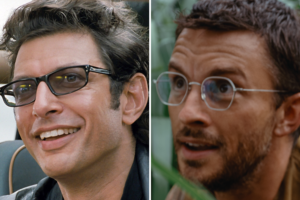
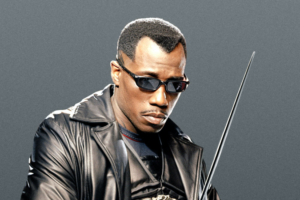


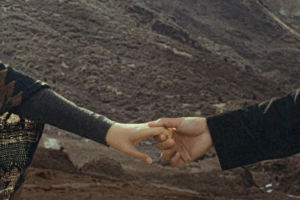

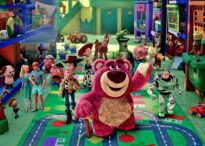

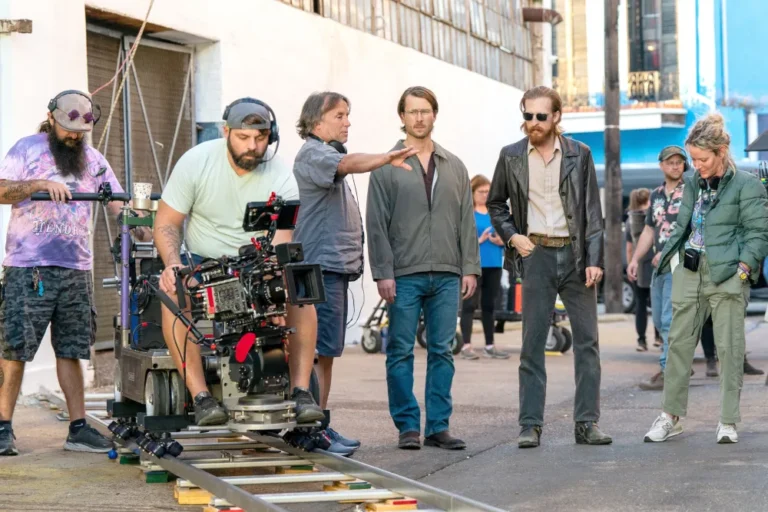
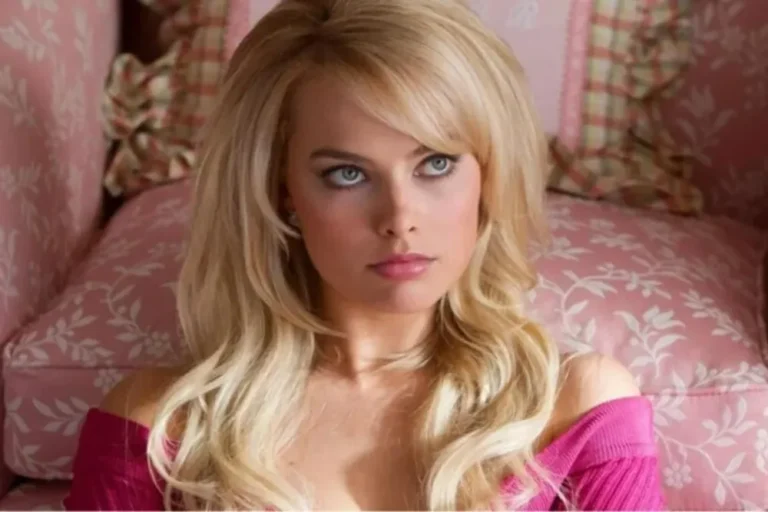
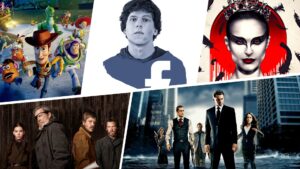

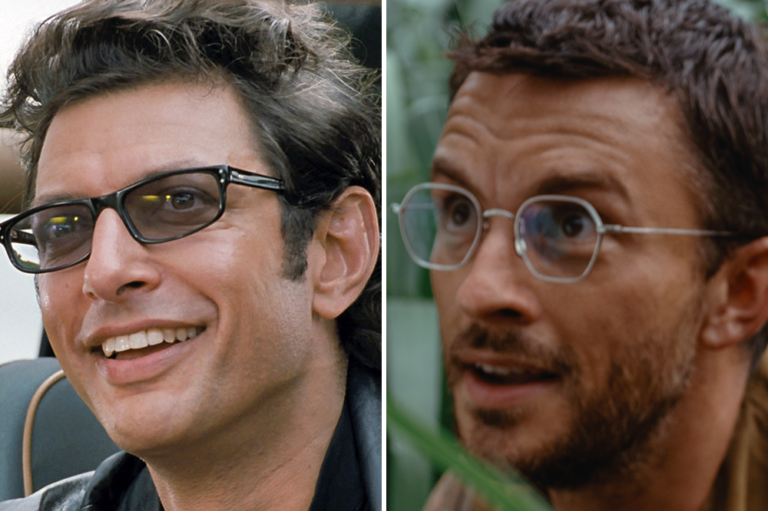
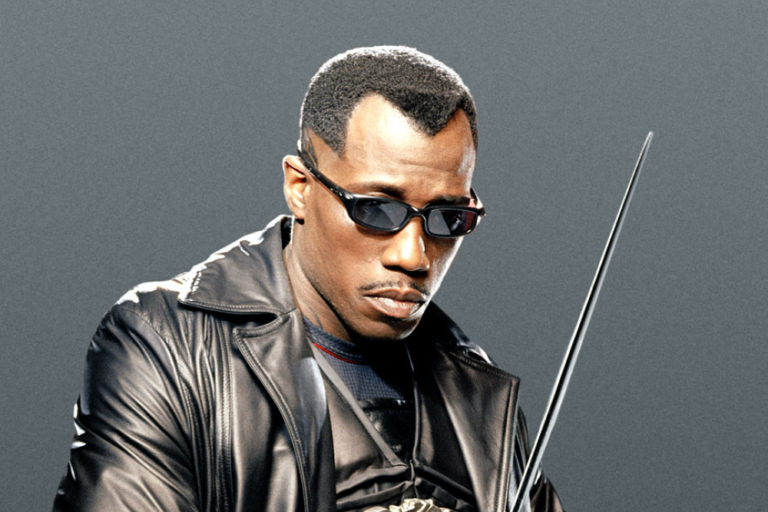
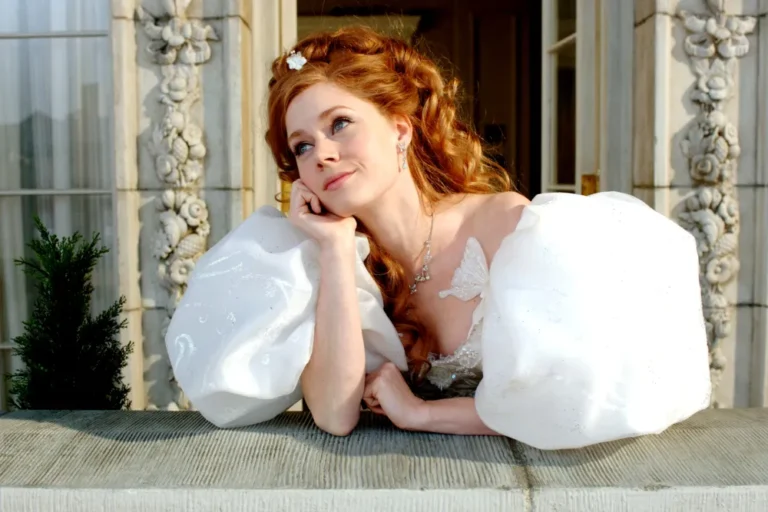

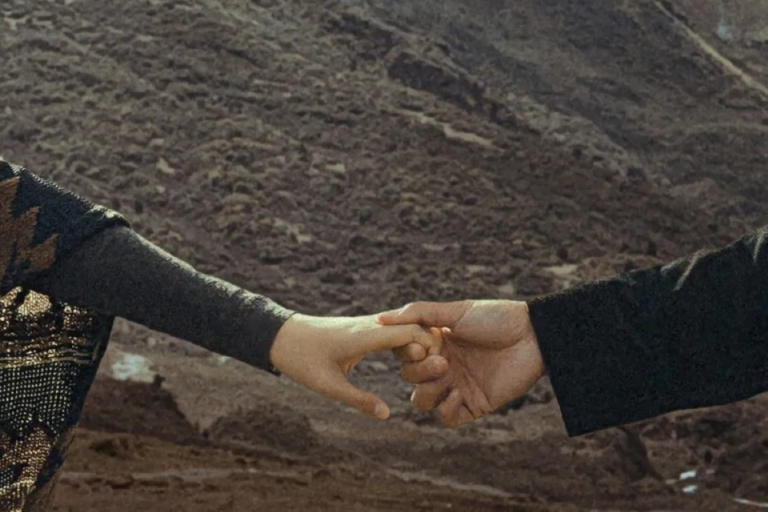
+ There are no comments
Add yours